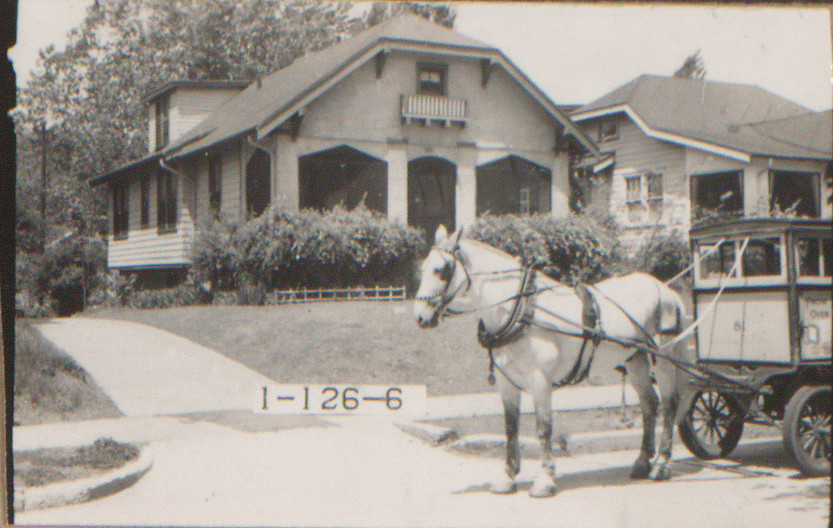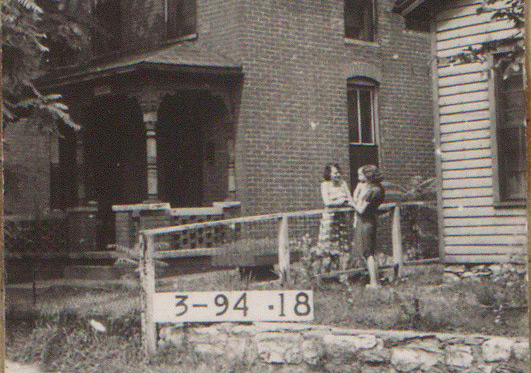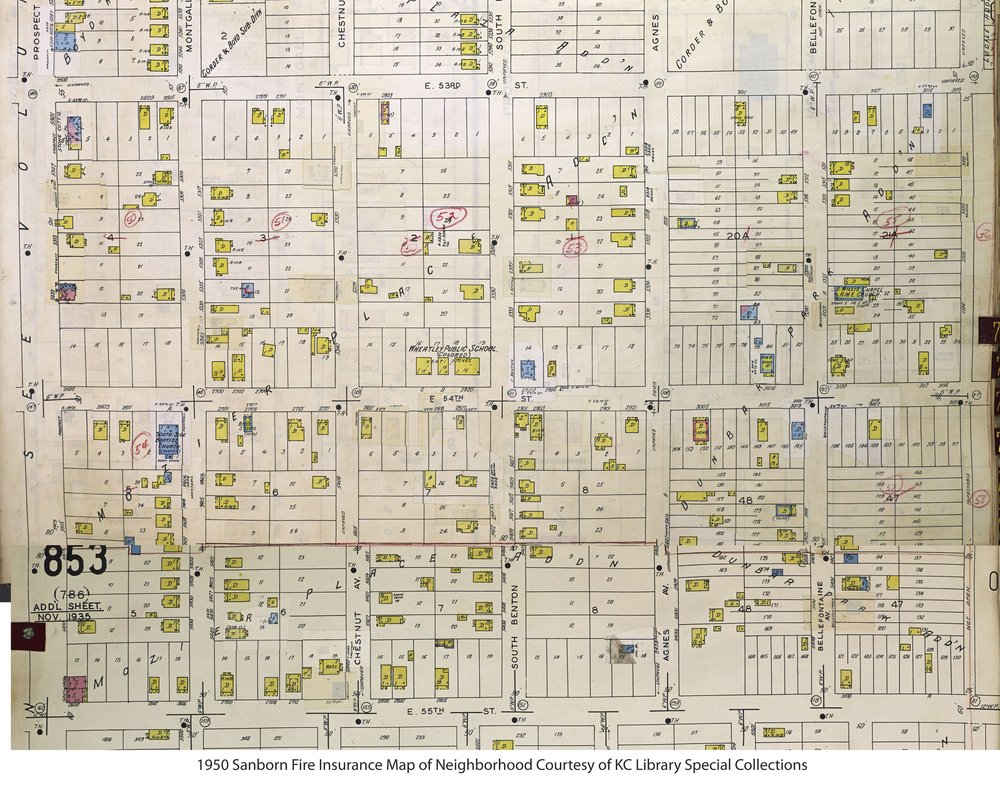What’s Your House History? Let the Missouri Valley Special Collections Help You Find Out

Senior Special Collections Librarian Michael Wells joined the Library in 2012 – and soon discovered that house history was one of the most popular research topics in the Missouri Valley Room at the Central Library.
“So, I had to get pretty good pretty quickly, navigating those resources,” he says. “And explaining them to others, and helping people learn to navigate them.”
The first House History Boot Camp launched in February 2024 at the Central Library, followed by a March session at the Plaza Branch as an introduction to some of the Library’s resources.
Everyone wants to know when their house was built, Wells says. Sometimes that information can be easy to access through online city or county property records, but, other times, people have to do a little more digging.
“We're fortunate to have a good collection of building permits here in the Missouri Valley Special Collections going back to 1909,” Wells says, “so we can sometimes help people figure out when their home was constructed that way. Other times, we’re looking at city directory records.”
The next item people want to locate is a photo.


In 2012, a collection of 1940 tax assessment photos, taken as part of a Works Progress Administration (WPA) project, was donated to Missouri Valley Special Collections. A new Library site called KC-1940 is making the collection even more accessible.
The WPA, a Depression-era work-relief program, carried the bulk of the assessment costs at $292,000; the city’s share was $59,200, and the county paid $88,800.
WPA workers built roads, public parks and bridges, and airports – and they were members of the crews that took photos block-by-block in Kansas City.
“If you see a photographer in the back yard next month shooting a picture of the garage, don’t be alarmed,” The Kansas City Star wrote in a March 13, 1940, article introducing the project: documenting an estimated 135,000 buildings and residences in the city and county.
Starting on April 22, 1940, “they would send these camera crews out to go around the city,” says Wells, “and take a photo of every structure that was standing at the time.”
According to The Star, the crews used “.35 mm cameras, which make a picture the size of a postage stamp.”
Wells says if an image isn’t readily available with the exact address, he suggests other approaches, such as “searching for things like cross streets, because there are photo collections documenting neighborhoods. And you might catch a glimpse of your house in a situation like that.”

But a lot has changed since 1940 – some neighborhoods have been heavily redeveloped; others have had lots of buildings torn down. As Wells puts it, he’s “constantly flipping back and forth between browser tabs, looking at what was there now versus what was there then.”
Sanborn maps, fire insurance maps published by the Sanborn Map Company, he says, can also be a useful tool and one “that provides a really good glimpse of an area and what was there at certain points of time.”
In terms of how to prepare to attend a Boot Camp, Wells says he doesn’t recommend that patrons bring materials with them. He’ll provide an overview, basic guidelines, and tips on how to search for things – in-person at the Library or at home.
“While it would be impractical for everyone to flood into the Missouri Valley Room to start their research,” he says, “they can certainly go home armed with their library card and get started and get pretty far before they need to come in in-person.”
Wells adds, “I’ve had a lot of fun doing this. And I’m hoping to do more if the demand still stays high.” He says he plans to offer a few more sessions – online and in-person – in the coming months.
House History Boot Camp, Saturday, February 15, at 11 a.m. – 1 p.m. Plaza Branch, 4801 Main Street. For more information and to RSVP, check the Library website.This story originally published in 2024 and has since been updated.

